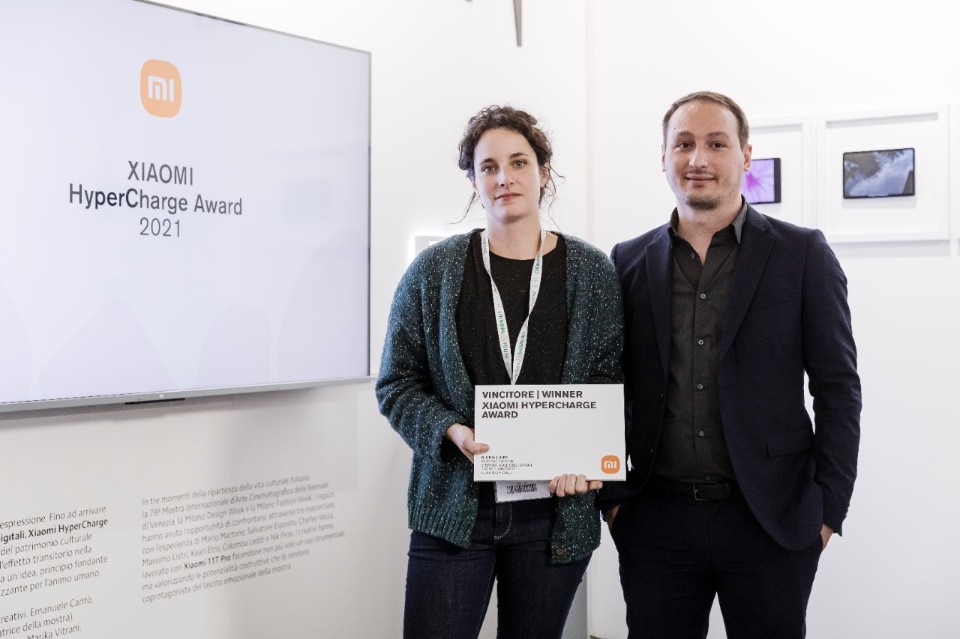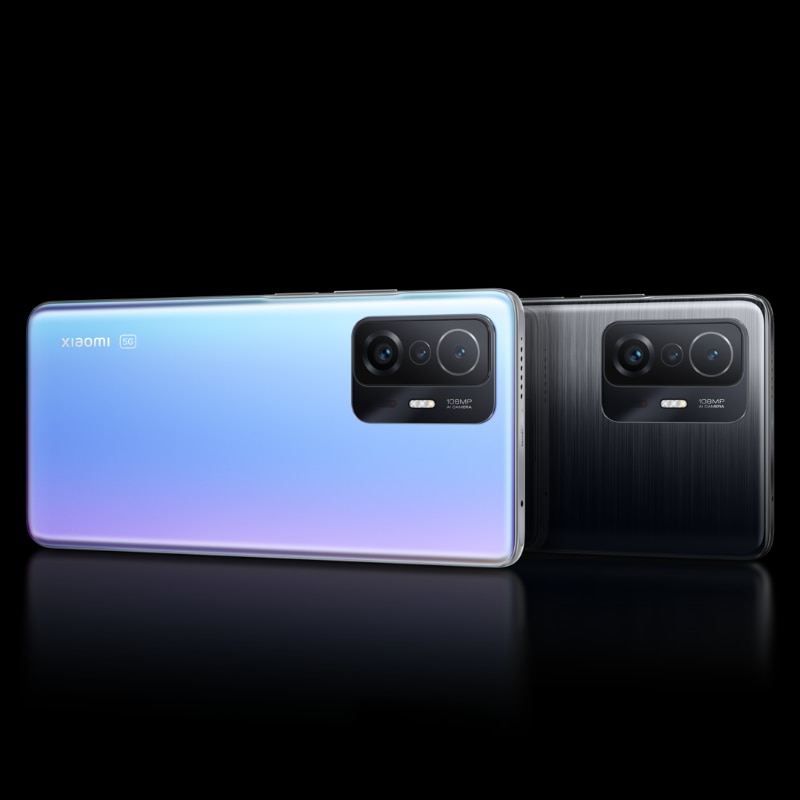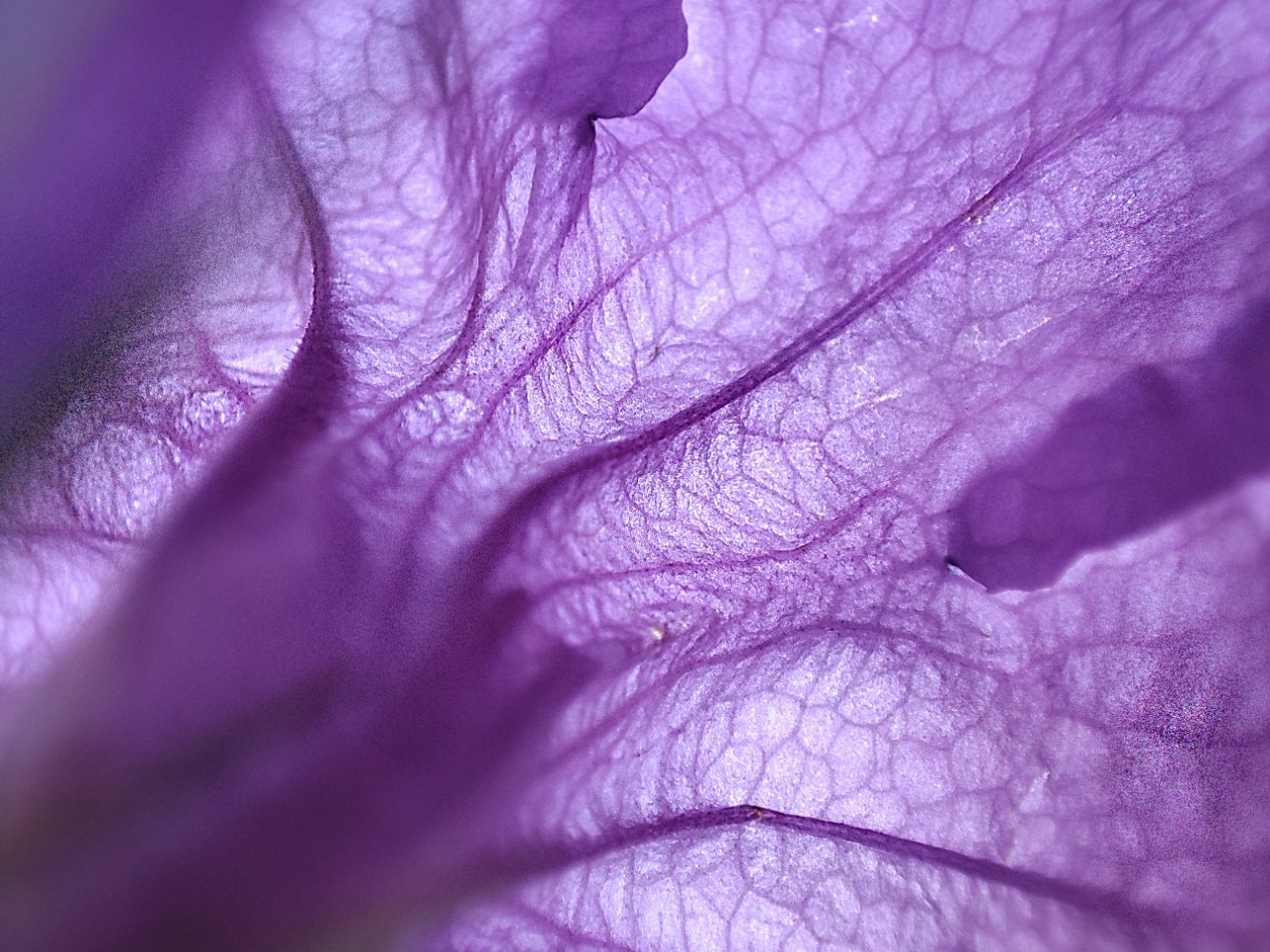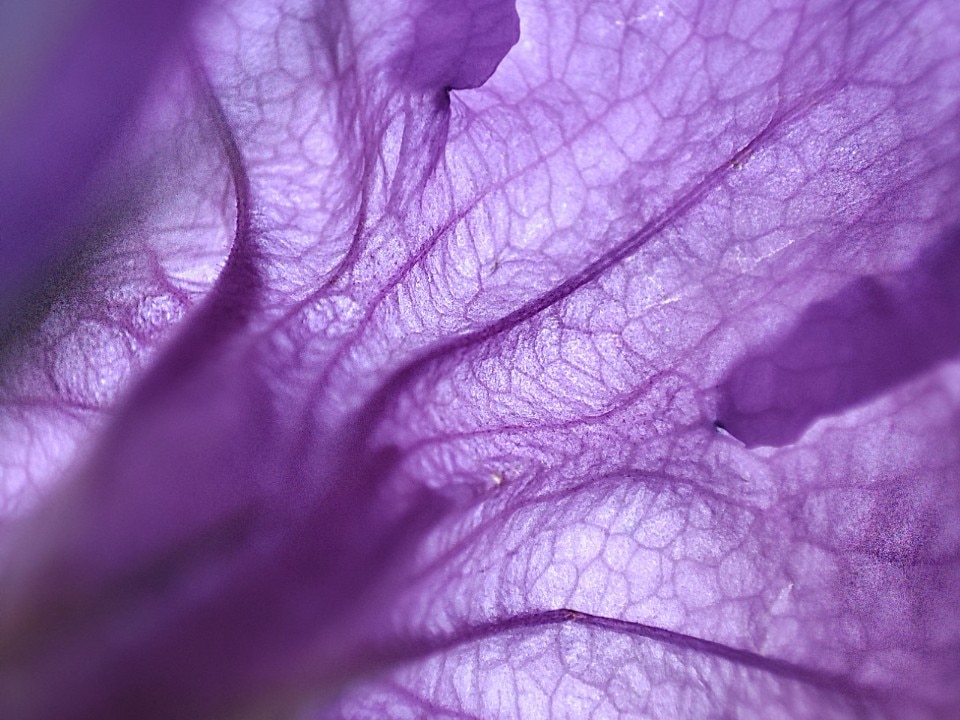This year, between late summer and mid-autumn, Chinese consumer electronics company Xiaomi involved a group of seven NABA visual arts students in a series of lessons taught by some of the biggest names in the Italian creative industry, a journey that unfolded through the Venice Film Festival and Milan’s fashion and design weeks. Xiaomi HyperCharge RestArt - a name chosen to draw a parallel between the recharging of the mind and spirit through the masterclasses, and the fast-charging function of Xiaomi’s new flagship smartphone, the 11T Pro - came to a close with Artissima, Italy’s best-known contemporary art fair.

Xiaomi, today’s leading brand, the pinnacle of affordable everyday design - from air fryers to smartphones, scooters and suitcases - and the world’s largest IoT platform with around 375 million connected devices, has landed in the golden world of art galleries and collectors. It did so with the “Sensi Digitali” exhibition, which is also the conclusion of the “recharging” experience of the seven young artists who studied at Naba. They used the company’s flagship phone to create their works, in which - be it for the theme, the means or the age - the digital experience becomes an essential element. And not without thoughts or criticism.
Arts meet brands
“Brands are investing more and more in contemporary art,” explains Ilaria Bonacossa, director of Artissima, Course Advisor Leader for the Art Market course at Naba and exceptional mentor of the HyperCharge RestArt project. “And the work of artists”, she continues, “will be increasingly connected to brands”. This statement is based on the obvious fact that companies, and especially large multinational companies like Xiaomi, have much more investment power than private clients. After all, it’s almost a return to the past. “We have to forget the model of the star artist that started with Andy Warhol. and start thinking about Raphael again,” she sums up.
This bond came about because brands are evolving. But art is also changing. Just take a look at the patrons of Artissima: not only insiders but also plenty of enthusiasts. “For years, there was a desire on the part of art not to be understood,” she tells me. Now, this is no longer the case and contemporary art is going through a very topical moment. She sees this in her children. Social media have created remarkable disintermediation and teenagers are finding themselves in the languages of art, which speak mainly through photos and videos. Namely, the photos and videos on social media and IM platforms.
In order to make art and brands work well together, Bonacossa continues, companies wishing to invest in contemporary art must be directed in the best possible way. “If you don’t enter through the right door, you end up in the Portofino Art Gallery,” she smiles. And with all due respect to the Portofino Art Gallery, that’s certainly not how a company like Xiaomi wants to get in touch with the public.
On the other hand, not every artist can work with every brand. “You have to arrange the marriage,” explains Bonacossa, and above all leave room for freedom to the artist, a form of mutual respect that brands sometimes have to learn. “An artist needs to trust the other party”.
Finally, this type of collaboration is not necessarily suitable for everyone. The director of Artissima recalls the case of video artist Arthur Jafa, who a few years ago, at a very high point in his career, was asked to do a project by Nike. “We had talked about it right here at Artissima, he was very hesitant”. On the one hand, he was attracted by the possibility of opening up his art to such a vast area, but on the other, he didn’t know whether he would remain himself if he accepted. “In the end, I think he refused”.
Xiaomi’s first time
“Being at Artissima closes the circle”, says Davide Lunardelli, Head of Marketing at Xiaomi Italia, after the ceremony where the HyperCharge Award was given to Gillian Brett, a French artist born in 1990 and represented by the Canepieri gallery. The sun has now set outside the large windows of the Oval and this Saturday at Artissima is drawing to a close with toasts and congratulations.
Let’s rewind the tape: Lunardelli returns to Venice, where this journey began with the festival and a masterclass by Muccino. “Something really high-level”. From there, the “charging” cycle with which Xiaomi wanted to put the arts - cinema, fashion, design, and the visual arts - under the spotlight began.
“Our ultimate goal is to raise the bar, communication-wise,” he explains very directly. With a product that is now well known, and increasingly high-end, you can work on added value, on culture.

In many of the works created by the seven Naba students, a critical attitude towards technology and social media can be perceived. Their generation uses the smartphone as an amplifier, but at the same time has learned to defend itself from notifications, from excessive exposure on Instagram or Tiktok. From becoming addicted to an app and wasting their days because of it. In short, these kids are way more aware of smartphones than many adults. I wonder if that’s a problem for the brand.
The importance of strategy
“Everyone wants to make content right now, but they don’t know how to do it,” explains Giovanni Audiffredi of Il Prologo, the company founded by the former editor of GQ Italia with communication expert Paola Manfredi, who acted as “facilitator” in the HyperCharge project, creating a bridge in Xiaomi’s participation in the Venice Biennale Cinema and Design Week with a bunch of savvy and culturally attentive users that the brand would otherwise have had difficulty getting in touch with.
For years, Xiaomi has been building customer loyalty through products. This was the moment to make a quantum leap. And it was done, Audiffredi explains, through peer review and cultural mediation, as well as creating a series of relationships, to “build a path between the brand and the visual arts”. Based on the assumption that culture is energising. And this turned out to be a winning concept.

“I think investing to promote visual arts is essential to engage younger, more connected consumers,” Audiffredi points out, adding that the most important thing at Artissima was to avoid what he ironically calls the “Smau effect”. Instead, the Chinese brand, with its stand, presented itself as a gallery among galleries. Collectors, curators, gallery owners and artists enjoyed the works of the seven young artists involved during the long weekend of art in Turin.

“This happened because we didn’t try to be sneaky,” Audiffredi comments, drawing a clear line between marketing operations, which create beautiful empty boxes, and this case. “We did what publishers do, using the behavioural codes of the visual arts” - starting with investing in the young people involved, who had the chance to exhibit in a cult location and interact with art stakeholders. “This is not the same thing as hiring three singers and paying them to have their songs on their smartphones,” Audiffredi explains, adding that it was crucial not to treat the seven young people as “sherpas carrying around a mobile phone”. Because there is an audience that pays close attention cultural value, he explains, and they can smell the hype, even from a distance. And they run from it. Xiaomi chose an approach that was both more sophisticated and more sincere, and in the end, the results paid off.
Wei Luo, also in the role of curator, Emanuele Cantò, Gaia de Megni Barbieri, Alex Parrotto, Federico Pellacani, Chiara Smedile and Marika Vitran participated in the exhibition “Sensi Digitali”.





.jpg.foto.rmedium.png)




